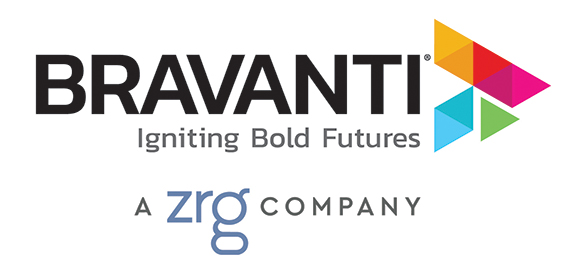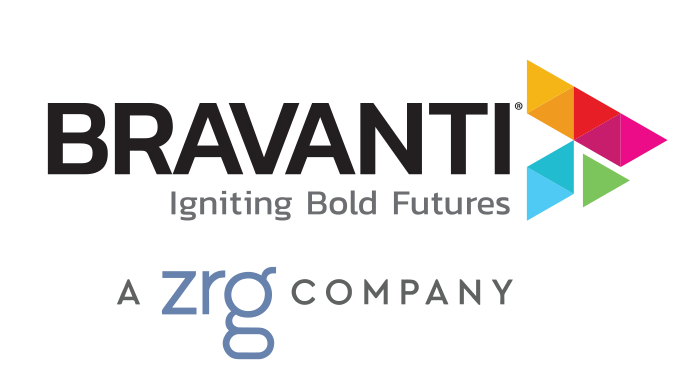Global leadership is an essential competency in today’s knowledge economy. The international trade of goods, services, finance, people, and data contribute 10% of the world’s GDP. Increasingly, the products we exchange across borders take the form of data and information. More complex than physical goods, this trade of information requires a level of human interpretation to translate, analyze, and apply the data – making cultural competence and global perspective necessary skills for today’s leaders.
Indeed, according to a study by the American Management Association, 48% of organizations consider developing global capabilities in their leaders to be a top priority. More worrisome, only 18% of multinational companies say they have the strong leadership pipeline necessary to meet their future business challenges.
Where should we begin to meet that challenge? While operating globally is inherently complex, an effective global leadership development program can help your leaders rise to the occasion. Consider the following three-step framework to get your organization started in the right direction on your global journey:
Identify the Specific Global Skills and Talent Your Organization Needs
Building global competency in your organization starts with identifying the specific skills you need for the work you do in the places you do it. While some traits like curiosity and comfort with ambiguity are common requirements across the globe, others may vary based on your function and locale. Like packing a suitcase for an international trip, the specific tools your leaders need will depend upon their destination. Consider:
- What are the key skills necessary to be successful in any given global leadership position in your organization?
- What are the strengths these leaders need?
- What are the experiences (e.g. overseas) they will need to have?
- What are their motivators?
- What are some key personality traits they might need to have?
- What derailers will that person need to avoid?
Design Learning and Training
Once you’ve identified the necessary skills and your target population of leaders, design your learning and training offerings to meet their needs. When designing your global leadership development program, consider some of these common challenges:
- The basic barriers of language and time zones
- Failure to adapt programs locally for cultural differences
- Creating initiatives that are too varied and inconsistent or too corporate
- Lack of diversity or global experience amongst the HR team developing the programs
- Focusing on global competencies only for those in international roles
- Failure to integrate initiatives into overall organizational strategy and culture
- Centralizing initiatives and experience only at headquarters or for HQ staff, rather than building a two-way path with local offices and teams
Grow Experience
After training your leaders on the skills and competencies they’ll need, cultivate these abilities with ongoing experience. While not every organization will have the resources to deploy leaders on international assignments, consider other opportunities to grow these skills:
- Build virtual global teams and foster international connections among colleagues
- Offer language and cultural training
- Look beyond your local market to recruit diverse talent
- Meet foreign expats locally through international chambers of commerce
- Encourage employees to expand their news sources to include global channels
Fostering these actionable, on-the-job learning opportunities can help your leaders grow their global skills while working locally.

